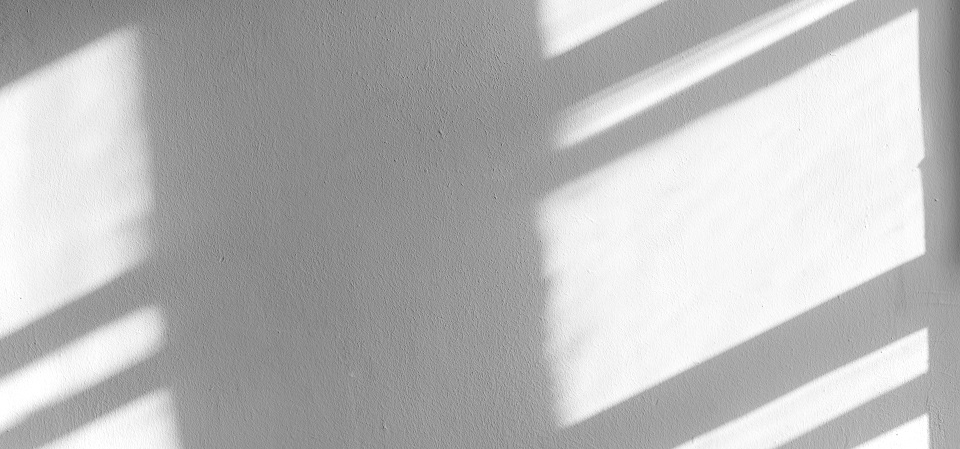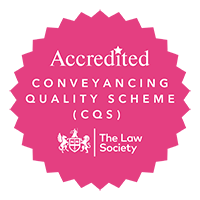A sudden loss of natural light in part of your home can have a negative impact on your quality of life. Katie Wright explains your rights.
A right to light
A right to light is acquired through a specific set of circumstances – it isn’t something that changes hands when you buy a property.
However, you can obtain a right to light by having it included in the title deeds, or by ‘prescription’. To do this, you need to demonstrate that you’ve had uninterrupted access to that light in a particular area of your home over a number of years.
Your right to light is protected under the ‘adverse possession’ area of common law, and in England and Wales by the Prescription Act 1832.
Restricting light
Any kind of development can potentially block the light coming into your home, including a neighbour’s extension, new shed, garden wall, or part of a new housing development.
If you know that a planned development might restrict your right to light – even after planning permission has been granted – you can still oppose it.
Usually you and other neighbours will receive notification from your local council telling you that someone has submitted a planning application and giving you the right to object. The full application can be viewed online on the local authority planning page, together with updates on the decisions made by the planning officer as to whether planning has been granted or refused.
If the construction goes ahead, the court can either award compensation, order the removal of the offending part of the development, or a combination of both. The court could also issue an injunction to prevent the development altogether, although this is usually in extreme cases.
If your situation falls into this category, you should take professional legal advice before pursuing this route because injunctive proceedings can be very expensive.
For further advice on issues with neighbours, call Katie Wright on 01200 408 303 or email her at katie.wright@whnsolicitors.co.uk













